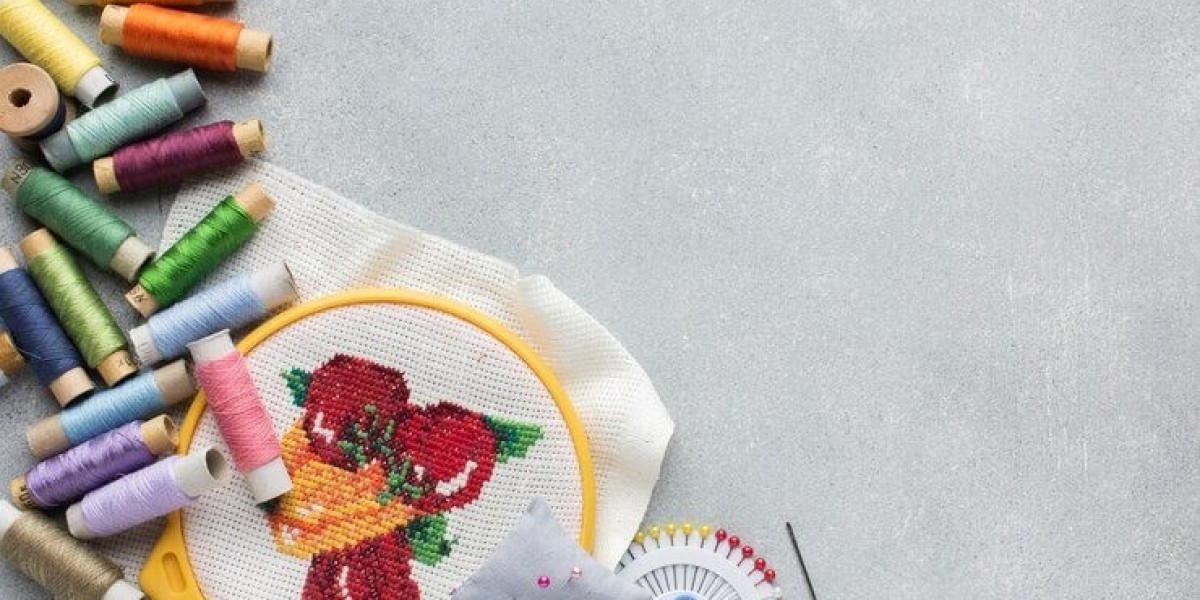Embroidery digitizing is the process of converting a design or image into a digital format that can be used by embroidery machines to stitch the design onto fabric. It's an essential step for anyone looking to create custom embroidered products, such as apparel, promotional items, or home decor.
Understanding Embroidery Digitizing
Embroidery digitizing involves breaking down a design into individual stitches that the embroidery machine can understand. The digitizer uses specialized software to create a stitch file that contains information about the stitch type, color, and placement. This stitch file is then transferred to the embroidery machine, which follows the instructions to stitch the design onto the fabric.
Benefits of Embroidery Digitizing
- Customization: Embroidery digitizing allows for a high degree of customization, enabling you to create unique and personalized designs.
- Quality: Professional digitizing ensures that your designs are stitched accurately and with high-quality results.
- Efficiency: Embroidery digitizing can save time and effort by automating the process of creating embroidery designs.
- Cost-Effectiveness: While there may be an upfront cost for digitizing, it can be a cost-effective solution for producing custom embroidered products in large quantities.
Factors to Consider When Choosing an Embroidery Digitizing Service
- Experience: Look for a digitizing service with a proven track record and experience in handling various types of designs.
- Software: Ensure that the service uses high-quality digitizing software that is capable of producing accurate and detailed stitch files.
- Turnaround Time: Consider the turnaround time required for your project and select a service that can meet your deadlines.
- Pricing: Compare pricing options from different providers and choose a service that offers competitive rates without compromising on quality.
- Communication: Effective communication is essential for a successful digitizing project. Look for a service that is responsive and easy to work with.
The Digitizing Process
- Design Submission: Provide the digitizing service with your design or image. This can be in various formats, such as JPEG, PNG, or AI.
- Design Analysis: The digitizer will analyze your design to determine the best stitching technique and thread colors.
- Digitization: The design is converted into a digital stitch file that can be used by an embroidery machine.
- Proofreading: The stitch file is reviewed and proofread to ensure accuracy and quality.
- Delivery: The completed stitch file is delivered to you for use with your embroidery machine.
Tips for Successful Embroidery Digitizing
- Provide High-Quality Images: Clear and high-resolution images will produce better results.
- Specify Your Requirements: Clearly communicate your desired stitch density, thread colors, and any specific requirements for your design.
- Be Patient: The digitizing process can take time, especially for complex designs.
- Seek Feedback: Don't hesitate to ask for feedback from the digitizing service if you have any questions or concerns.
Conclusion
Embroidery digitizing is a valuable tool for anyone looking to create custom embroidered products. By understanding the process and factors to consider when choosing a digitizing service, you can ensure that your designs are accurately and efficiently translated into stunning embroidery.









